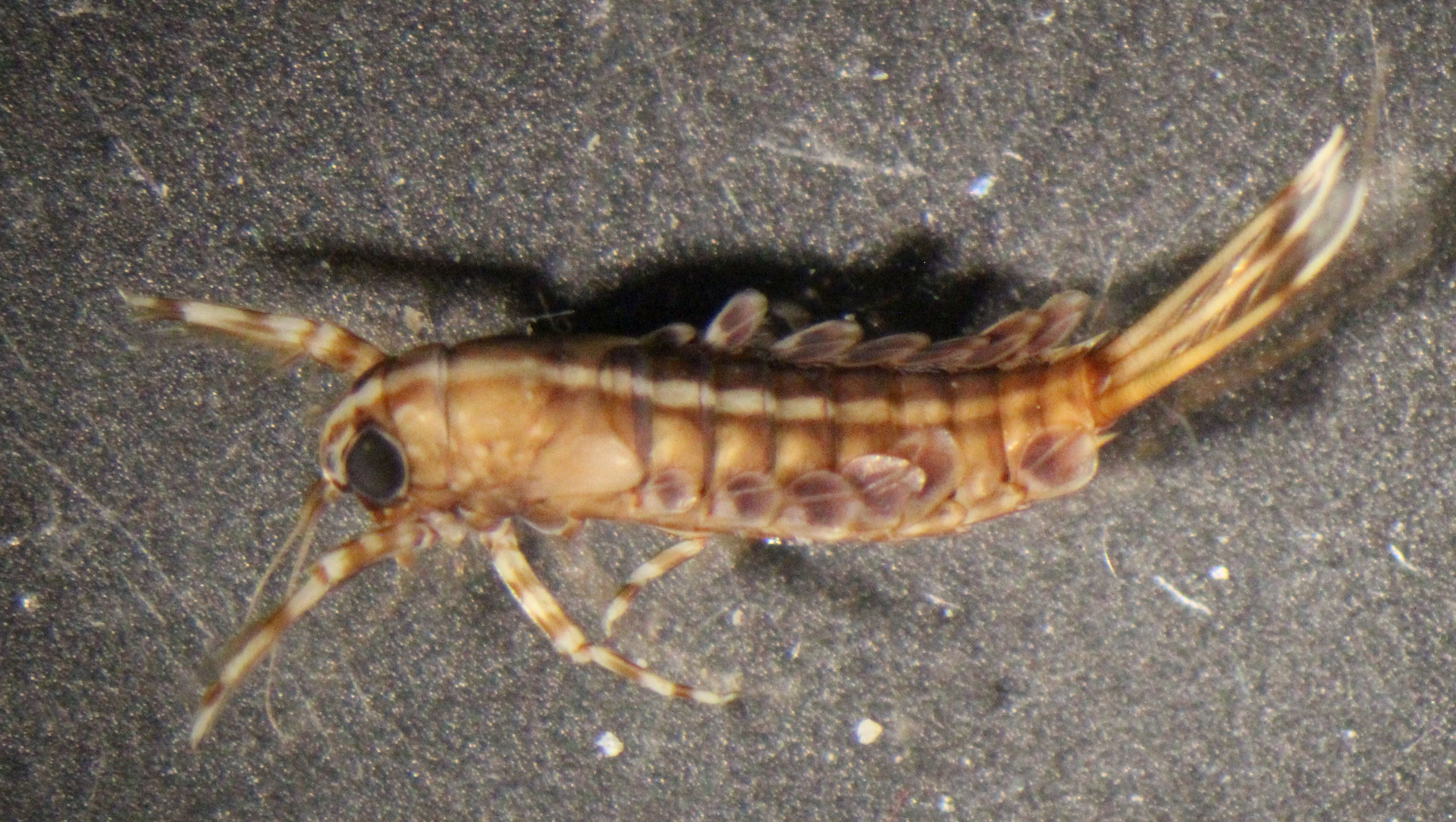Flatheaded or Clingers
(Heptageniidae)

Flatheaded or Clingers
(Heptageniidae)

Mayflies are important indicators of water quality; they are food for trout, smallmouth bass and many sport fish. While well known for the short life span of the adult stage. They are also unique in that most have two "adult" stages, in most cases, the dun or subimago and the spinner, or imago. Only the latter is active sexually. Strictly speaking, there some species that are parthenogenic and not "sexual" as adults.
Whether you are a fisherman who wants to know the name of a mayfly you have found, or you are a citizen scientist who monitors a local stream and want to go further than the simple Level 1 of identification of insects by tolerance levels, this webpage will help you identify mayflies to family, genus and in some cases to species.
There are 16 families of mayflies, 46 genera and 141 species in Ohio, to date (including one extinct species).
By clicking on Key to Nymphs, above, and with the use of a dissecting microscope you can identify nymphs by the dicotomous keys. The adult keys go only to families at this time. For the most part, female adults are not included in keys beyond family.
From the pictures below you may be able to determine the mayfly family of nymphs.
This webpage is created and maintained by Don Dean, Professor Emeritus of Biochemistry and Entomology, The Ohio State University. Please contact me with comments, questions about "Mayflies of Ohio" or to report new findings. troutman4209@gmail.com
Last update 01/21/2021 Mayfly Atlas
Pronggilled
(Leptophlebiidae)

Minnow-like
(Baetidae)

Common Burrower
(Ephemeridae)
Brushlegged
(Isonychiidae)

Little Stout Crawler
(Leptohyphidae)

Small Squaregill
(Caenidae)
Spiny Crawler
(Ephemerellidae)

Ameletid Minnow
(Ameletidae)

Primitive Minnow
(Siphlonuridae)
.jpg)
Pale Burrowing
(Polymitarcyidae)

Crabwalker Mayfly (Pseudironidae)

American Palp-headed Mayfly (Arthropleidae)

Shield-backed
(Baetiscidae)

Hackelgill
(Potamantidae)
